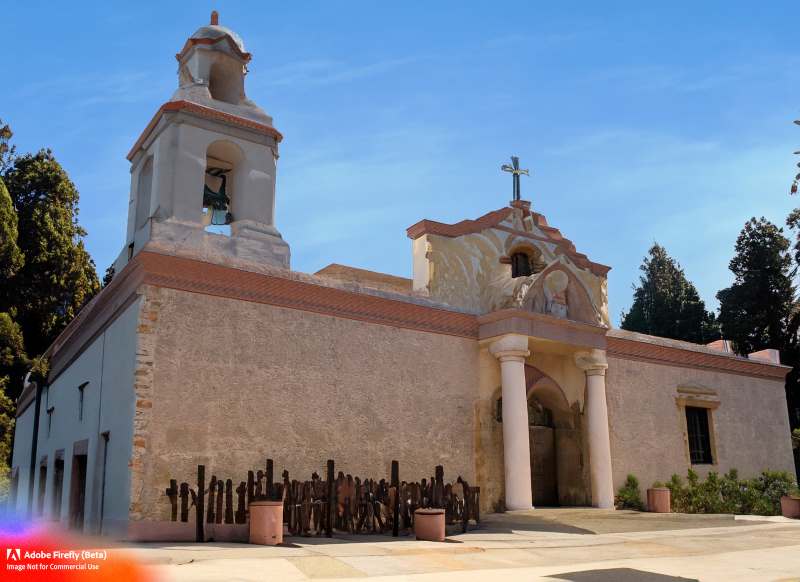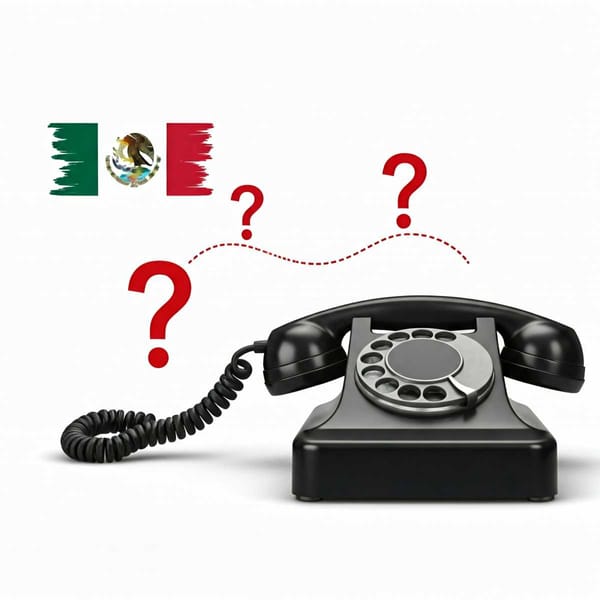The Wacky History of European Voyages to California
Discover the fascinating history of European voyages and attempts at colonization in California. From the search for pearls to the challenges of establishing a colony, learn about the explorers and missionaries who shaped California's past.

California, a land of pristine beaches, stunning mountains, and sunny skies, has been an attraction for explorers and adventurers for centuries. European voyages to California began in the 16th century, but most of them failed. In this article, we will take a closer look at the history of European voyages to California, their primary objective, and their attempts at colonization.
The Search for Pearls
At the end of the 16th century, the Spanish explorer Sebastián Vizcaíno recognized the place where Hernán Cortés had been and renamed it La Paz. California's primary attraction was its pearls, which drew the attention of many explorers. However, most of the early expeditions were unsuccessful due to the rough terrain, lack of resources, and hostilities with the natives.
Establishing a Colony
After many years, interest in California returned in the 17th century, with the opening of the route from Acapulco to the Philippines. However, English and Dutch pirates appeared to raid the galleons that traded between those two points. Therefore, it was essential to establish a place where not only the ships would be protected but also where water and food would be available.
In 1683, Admiral Isidro de Atondo y Antillón arrived on the peninsula to try to create a colony from which the objective could be achieved for the benefit of the Philippine galleon. He was accompanied by three Jesuits, headed by Eusebio Francisco Kino.
They made a camp in La Paz but had difficulties with the natives and had to go further north along the gulf, to a place they called San Bruno. There they founded a mission, baptized many indigenous people, and raised some good crops, but withdrew a year and a half later, for lack of resources to remain in the place.

Missionaries in California
Despite the challenges, the Jesuits continued their efforts to establish a permanent presence in California. Kino was appointed to the missions of Sonora, where he met Father Juan María de Salvatierra, who visited him as a Jesuit authority. After that meeting, both decided to apply for a license to go as missionaries to California and obtained it in 1697. As their presence in Sonora was necessary to placate the Yaquis and Pimas, Kino could not accompany Salvatierra, who founded the first permanent mission of the Californias in Loreto on October 25 of that year.
Conclusion
In conclusion, European voyages to California were numerous, but most of them failed. The primary objective was to find pearls, which attracted explorers to the region. However, it was challenging to establish a colony due to the harsh terrain, lack of resources, and hostilities with the natives.
Despite these challenges, the Jesuits continued their efforts to establish a permanent presence in California and founded the first permanent mission in Loreto in 1697. Today, Baja California Sur is a thriving state, known for its diverse culture, picturesque landscapes, and technological advancements, but its history is full of fascinating stories of exploration and colonization.




